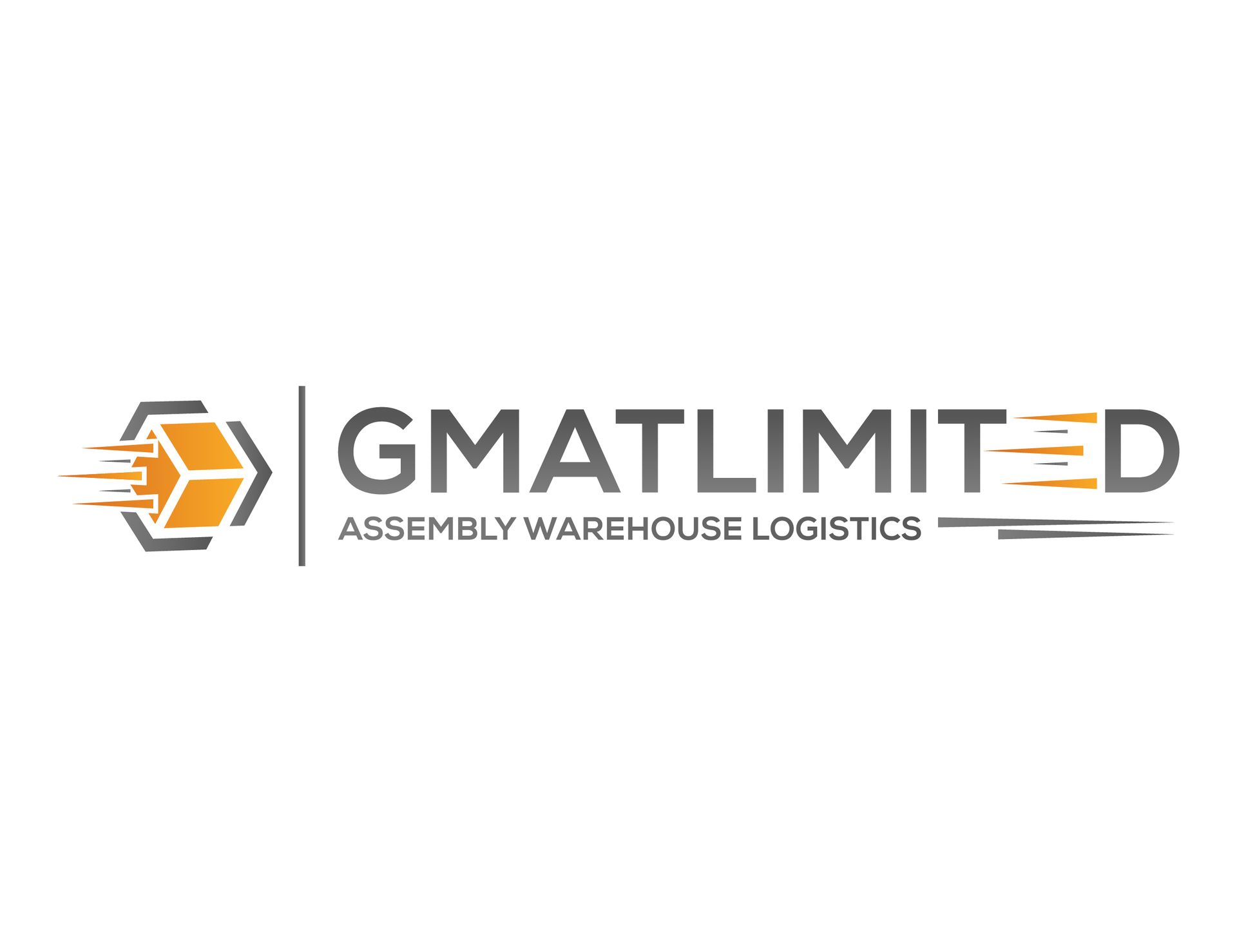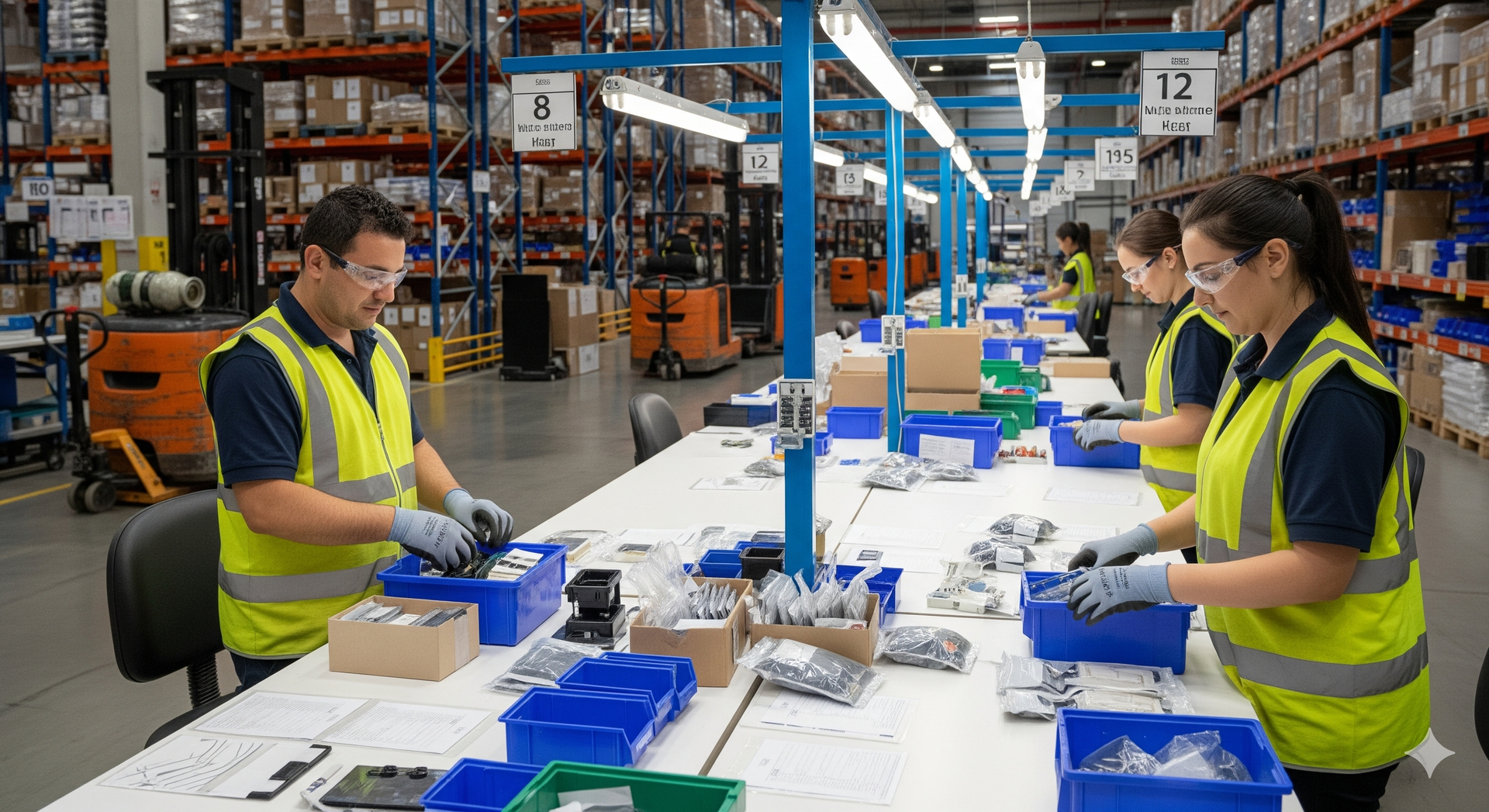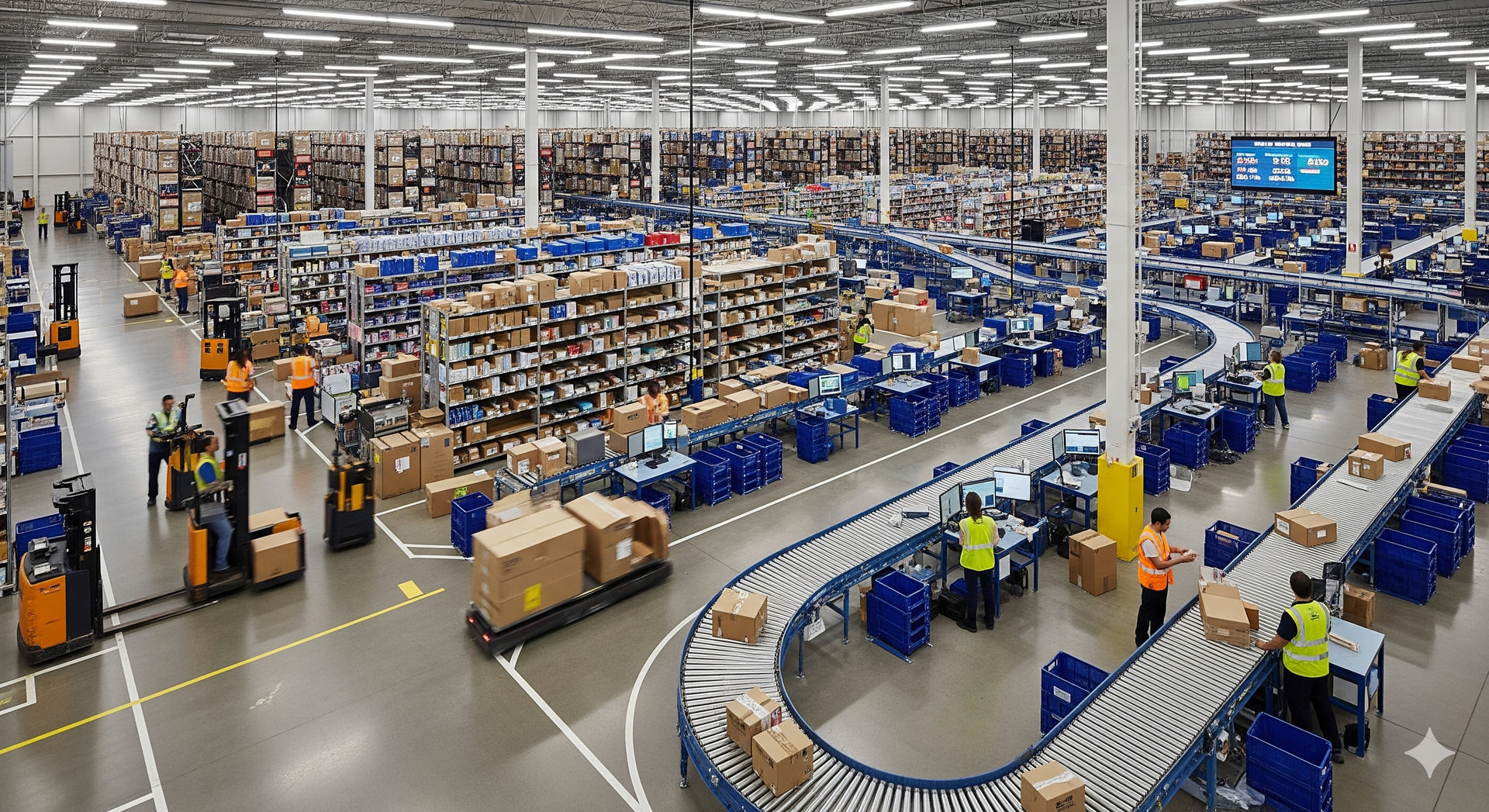Five Key Fulfillment Metrics Every E-Commerce Business Should Track
Modern e-commerce success depends heavily on efficient fulfillment logistics and streamlined operations logistics. As online shopping continues to grow, businesses must track specific performance indicators that directly impact customer satisfaction, operational costs, and overall profitability. Understanding these key metrics enables companies to optimize their e-commerce logistics, improve their fulfillment for e-commerce operations, and build sustainable competitive advantages in an increasingly demanding marketplace. Effective monitoring provides real-time insights into every aspect of the fulfillment process, from initial order placement through final delivery confirmation.
Key Takeaways:
- Order accuracy directly correlates with customer retention and helps e-commerce fulfillment companies maintain their reputation
- Fulfillment speed and delivery performance significantly impact customer satisfaction scores and repeat purchase behavior
- Inventory turnover metrics help optimize warehousing operations and reduce carrying costs while maintaining product availability
- Cost per order analysis enables businesses to identify areas for operational improvement and better manage logistics services for e-commerce
- Return processing efficiency affects both customer experience and operational profitability in e-commerce and logistics
- Tracking these metrics consistently helps businesses make informed decisions about partnering with an e-commerce 3PL provider or maintaining in-house operations
1. Order Accuracy Rate
Order accuracy stands as the foundation of successful fulfillment logistics, measuring the percentage of orders shipped without errors such as incorrect items, quantities, or specifications. This critical metric directly influences customer trust and operational efficiency within e-commerce logistics systems. When businesses maintain consistently high accuracy rates, they create positive feedback loops that enhance customer loyalty and reduce operational costs.
Why Order Accuracy Matters
Maintaining high order accuracy rates reduces customer service inquiries, minimizes return processing costs, and strengthens brand reputation. When e-commerce fulfillment companies consistently deliver correct orders, they create positive customer experiences that lead to increased loyalty and positive reviews.
Several factors contribute to order accuracy challenges:
- Inadequate warehouse management systems that fail to properly track inventory locations
- Insufficient staff training on picking and packing procedures
- Poor product organization within warehousing operations
- Lack of quality control checkpoints in the fulfillment process
Strategies to Improve Order Accuracy
Implementing barcode scanning systems throughout the picking and packing process creates multiple verification points that catch errors before orders ship. Many businesses also benefit from establishing dedicated quality assurance stations where trained personnel conduct final order reviews.
Regular staff training programs help maintain consistent accuracy standards, while clear labeling systems and organized storage areas reduce picking errors. Some companies find success in implementing pick-and-pack validation systems that require workers to confirm each item before proceeding.
2. Fulfillment Speed and On-Time Delivery
Fulfillment speed encompasses the complete time cycle required to process, pack, and ship orders from the moment customers complete their purchases. This comprehensive metric works closely with on-time delivery performance to create customer satisfaction and establish competitive positioning within the marketplace.
Understanding Speed Expectations
Customer expectations for delivery speed continue to evolve rapidly, with many shoppers now expecting same-day or next-day delivery options. Operations logistics must adapt to meet these demands while maintaining cost efficiency and quality standards.
Several critical elements influence overall fulfillment speed performance:
- Order processing time from payment confirmation to picking initiation
- Picking and packing efficiency within warehouse facilities
- Carrier pickup schedules and transportation options
- Geographic proximity to customers and distribution centers
Speed Optimization Strategies
Businesses often improve fulfillment speed by establishing multiple distribution points closer to their customer base. This strategy reduces transit times and shipping costs while providing more delivery options.
Automation technologies such as conveyor systems, automated sorting equipment, and robotic picking assistants help streamline warehouse operations. Additionally, partnerships with reliable logistics services for e-commerce can provide access to faster shipping options and extended delivery networks.
3. Inventory Turnover and Stock Management
Inventory turnover measures how quickly products move through warehousing operations, providing crucial insights into the efficiency of stock management and demand forecasting. This fundamental metric helps businesses optimize their inventory investments while maintaining adequate product availability to meet customer demand.
Calculating and Understanding Turnover
Inventory turnover is typically calculated as the cost of goods sold divided by average inventory value over a specific period. Higher turnover rates generally indicate efficient inventory management and strong sales performance, while lower rates might suggest overstocking or slow-moving products.
Key factors affecting inventory turnover performance include:
- Seasonal demand fluctuations and market trends
- Product lifecycle stages and popularity cycles
- Marketing effectiveness and promotional activities
- Supply chain reliability and lead times
Stock Management Optimization
Effective stock management requires balancing inventory levels to meet customer demand while minimizing carrying costs. Many businesses implement automated reordering systems that trigger purchase orders when stock levels reach predetermined thresholds.
Regular analysis of product performance helps identify slow-moving items that may require promotional pricing or discontinuation. Additionally, implementing ABC analysis categorizes products by importance and sales velocity, allowing for more targeted inventory strategies.
4. Cost Per Order Analysis
Cost per order analysis provides comprehensive insight into the total expenses associated with fulfilling individual orders, encompassing labor, packaging, shipping, and overhead costs. This critical metric helps businesses understand their operational efficiency and identify opportunities for cost reduction within their e-commerce fulfillment operations.
Understanding Cost Components
Understanding the various cost components enables accurate tracking and targeted improvement efforts. Each element contributes differently to the overall expense structure and requires specific optimization strategies tailored to the business and operational environment.
Primary cost components that impact order fulfillment expenses include:
- Labor costs for picking, packing, and quality control activities
- Packaging materials including boxes, bubble wrap, tape, and labels
- Shipping charges from carriers, including fuel surcharges and expedited fees
- Warehouse overhead, including utilities, rent, and equipment costs
- Technology costs for warehouse management systems and automation
| Cost Category | Typical Range | Optimization Focus |
|---|---|---|
| Labor Costs | $2-8 per order | Process automation and training |
| Packaging Materials | $1-4 per order | Right-sizing and bulk purchasing |
| Shipping Costs | $5-15 per order | Carrier negotiations and zone skipping |
Cost Reduction Strategies
5. Return Processing Efficiency
Return processing efficiency measures how effectively businesses handle product returns throughout the reverse logistics cycle, including processing time, inspection procedures, and customer communication. This increasingly important metric significantly impacts customer satisfaction and operational costs within global e-commerce fulfillment operations.
Understanding Return Impacts
Key return processing challenges that impact efficiency include:
Streamlining Return Processes
Frequently Asked Questions
How often should businesses review their fulfillment metrics?
Most successful businesses review key fulfillment metrics weekly for operational adjustments and monthly for strategic planning. Regular monitoring helps identify issues and opportunities before they significantly impact customer satisfaction or operational costs.
What constitutes a good order accuracy rate for e-commerce businesses?
Industry benchmarks suggest that top-performing ecommerce operations maintain order accuracy rates above 99%, while acceptable performance typically ranges from 95-98%. Businesses should strive for continuous improvement regardless of their current performance level.
Should small businesses work with e-commerce 3PL providers or manage fulfillment in-house?
The decision depends on order volume, growth projections, and available resources for warehouse management and staff. Many businesses find that partnering with experienced logistics services for e-commerce provides better scalability and cost efficiency as they grow.
How do seasonal variations affect fulfillment metrics tracking?
Seasonal peaks often stress fulfillment systems and may temporarily impact metrics like processing speed and accuracy rates. Businesses should establish seasonal benchmarks and prepare additional resources during high-volume periods to maintain service standards.
What technology investments provide the best return for improving fulfillment metrics?
Warehouse management systems typically provide the highest return on investment by improving accuracy and efficiency across multiple metrics. Barcode scanning systems and automated sorting equipment also deliver measurable improvements in processing speed and error reduction.
Final Thoughts
Tracking these five key fulfillment metrics provides businesses with the insights needed to optimize their e-commerce logistics operations and deliver exceptional customer experiences. Regular measurement and analysis of order accuracy, fulfillment speed, inventory turnover, cost per order, and return processing efficiency enable data-driven decisions that improve both operational performance and profitability. Whether managing fulfillment in-house or partnering with logistics providers, these metrics serve as essential tools for building sustainable competitive advantages in the evolving e-commerce marketplace.
Transform your fulfillment strategy today. Get expert guidance on implementing these critical metrics to reduce costs, improve accuracy, and accelerate growth for your e-commerce business.
Reference:
https://www.investopedia.com/terms/i/inventoryturnover.asp













